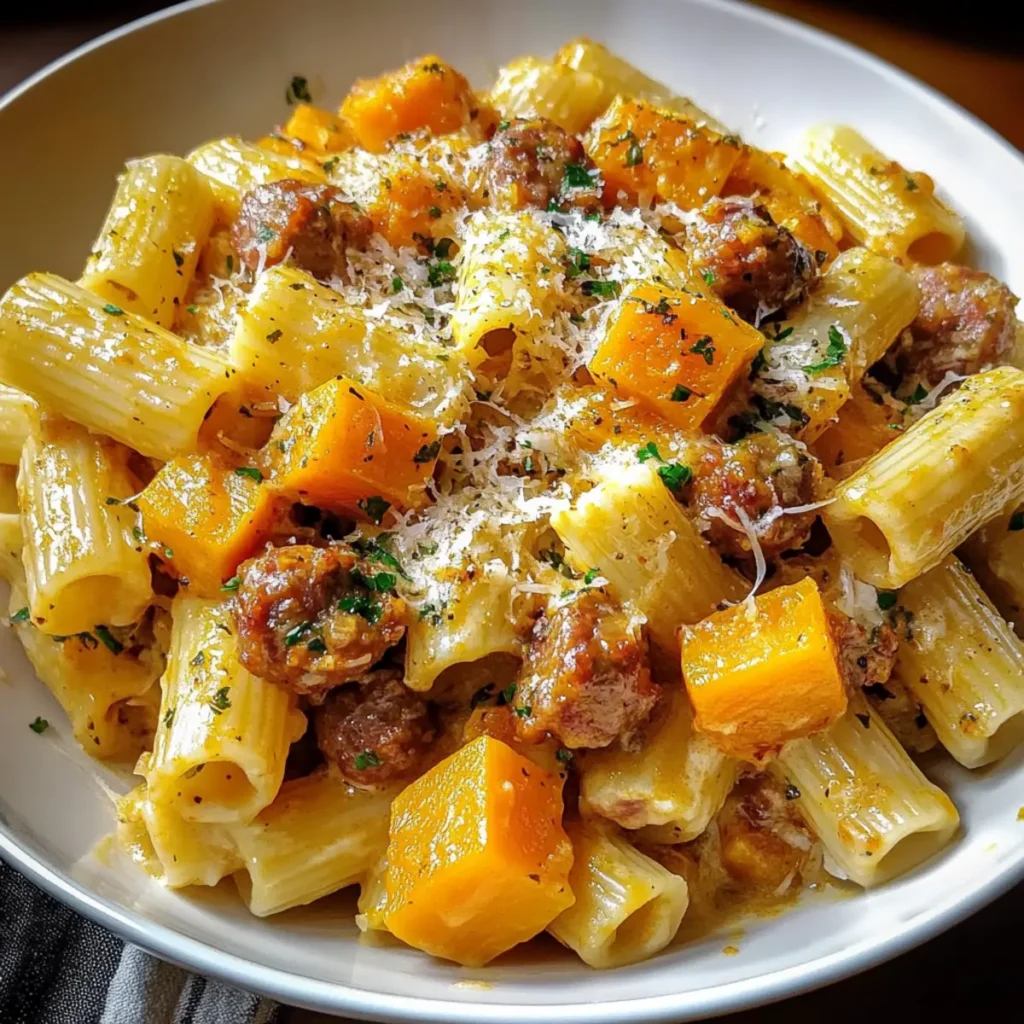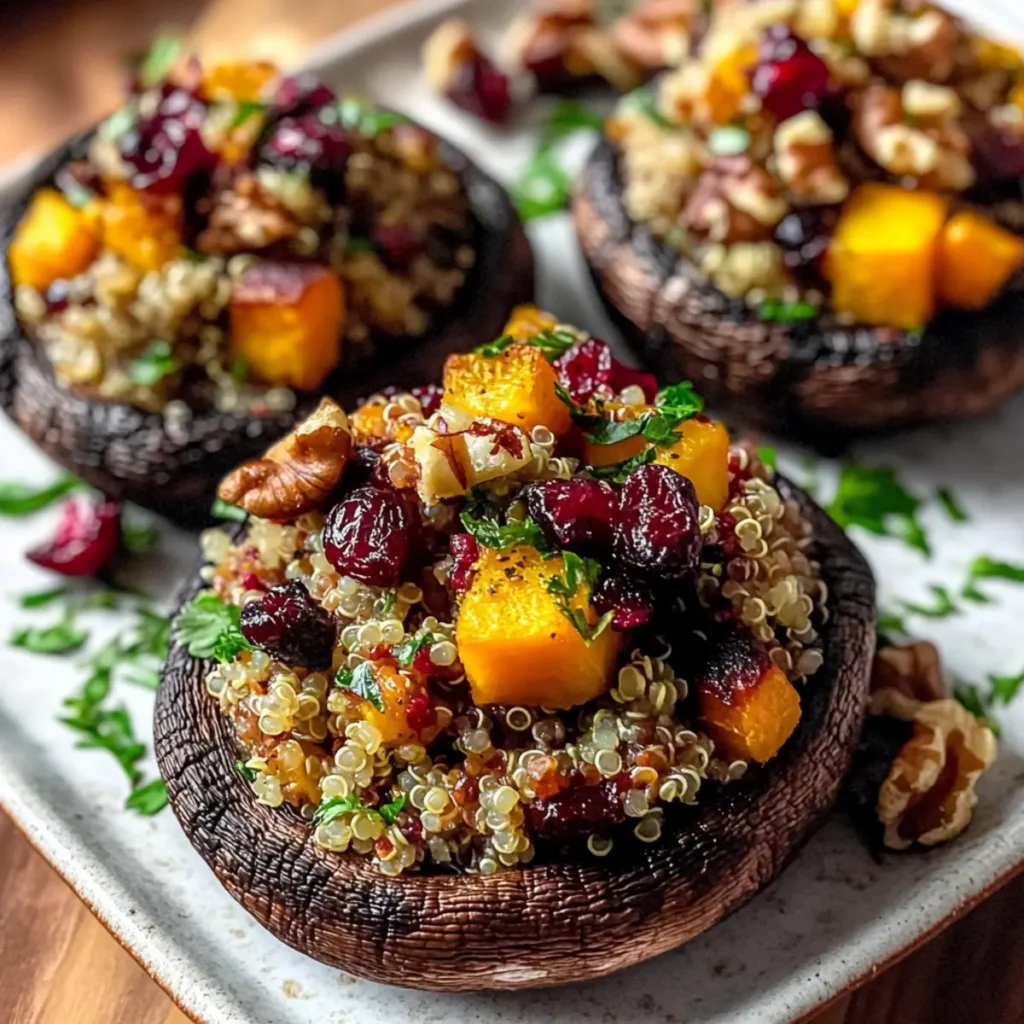The simmering pot, often considered the heart of a cozy home, is a simple yet effective way to infuse your living space with natural, delightful aromas. This age-old practice involves gently heating water mixed with a variety of aromatic ingredients like fruits, spices, and herbs. The resulting steam carries the essence of these ingredients throughout your home, creating an inviting and pleasant atmosphere.
In this comprehensive guide, we’ll explore the various aspects of simmering pots, from the basics of setting one up to advanced recipes for every season. Whether you’re new to this concept or looking to expand your repertoire, you’ll find valuable insights and tips to enhance your home’s ambiance naturally.
The Art of Simmering Pot: Techniques and Tips
The key to a successful simmering pot lies in the balance of ingredients and heat. Start by selecting a combination of fruits, spices, and herbs that complement each other. Citrus peels, cinnamon sticks, cloves, and vanilla are popular choices, offering a warm and spicy fragrance. It’s essential to simmer on low heat to prevent rapid evaporation and ensure a steady release of scent. Remember, simmering pots are not just about the fragrance; they’re about creating a warm, welcoming environment in your home.
For more on the therapeutic benefits of aromatherapy, check out Aromatherapy Benefits.
Types of Simmering Pots
Simmering pots, essential tools in both traditional and modern kitchens, come in various types, each offering unique features and benefits. Understanding the different types of simmering pots can help you choose the right one for your cooking needs and preferences. Here’s a look at the most common types:
1. Traditional Stovetop Simmer Pots
- Description: These are the classic simmer pots used over a stove burner. They are typically made of materials like stainless steel, cast iron, or enameled cast iron.
- Best For: Ideal for slow-cooking recipes like stews, soups, and broths.
- Advantages: They offer even heat distribution and are perfect for long cooking processes.
2. Electric Simmer Pots
- Description: Electric simmer pots are modern appliances that plug into an outlet. They often come with temperature control settings.
- Best For: Suitable for those who prefer a set-and-forget method of cooking.
- Advantages: They provide consistent temperatures and are safe to leave unattended.
3. Slow Cookers
- Description: Slow cookers are a type of electric simmer pot designed for prolonged cooking at low temperatures.
- Best For: Great for busy individuals who want to come home to a cooked meal.
- Advantages: They are energy-efficient and perfect for tenderizing tougher cuts of meat.
4. Clay and Ceramic Pots
- Description: Made from natural materials, these pots offer a more traditional cooking experience.
- Best For: Excellent for dishes that require steady, slow heat, like casseroles.
- Advantages: Clay and ceramic pots are known for their ability to enhance flavor complexity.
5. Dutch Ovens
- Description: Dutch ovens are heavy-duty pots that can be used both on the stovetop and in the oven.
- Best For: Versatile for baking, roasting, frying, and simmering.
- Advantages: Their thick walls and tight-fitting lids make them ideal for even cooking.
6. Double Boilers
- Description: Consist of two pots, one sitting on top of the other; the bottom pot holds boiling water.
- Best For: Perfect for delicate tasks like melting chocolate or making custards.
- Advantages: They provide gentle, indirect heat, preventing burning or curdling.
7. Multi-Cookers
- Description: These are modern electric pots with multiple functions, including simmering, steaming, and pressure cooking.
- Best For: Suitable for those seeking an all-in-one kitchen appliance.
- Advantages: They save space and offer versatility with various cooking modes.
8. Tagines
- Description: A tagine is a North African pot with a conical lid, traditionally made of clay or ceramic.
- Best For: Ideal for making Moroccan stews and other slow-cooked dishes.
- Advantages: The unique design allows for excellent moisture retention and flavor infusion.
9. Bains-Marie
- Description: Similar to a double boiler, a bain-marie is used to heat materials gently and gradually.
- Best For: Essential for delicate sauces and emulsions like hollandaise.
- Advantages: Provides a very controlled and even heat distribution.
10. Steam Pots
- Description: These pots have a perforated insert or basket that holds the food above boiling water.
- Best For: Excellent for steaming vegetables, seafood, and dumplings.
- Advantages: They preserve nutrients and flavors that might be lost in boiling.
Each type of simmering pot has its unique characteristics and is suited for specific culinary tasks. Whether you prefer the traditional approach or modern convenience, there’s a simmering pot that fits your cooking style and enhances your culinary creations.
Interested in growing your own herbs for simmer pots? Visit Herb Gardening for tips and tricks.
Benefits of Using a Simmering Pot
Using a simmering pot in cooking is a time-honored technique that offers a multitude of benefits. From enhancing flavors to ensuring nutritional retention, the advantages of using a simmering pot are significant in both home and professional cooking. Here are some key benefits:
1. Flavor Enhancement
- Gradual Cooking: Slow and gentle cooking in a simmering pot allows flavors to develop and meld together, resulting in a richer and more complex taste.
- Spice Infusion: Simmering is ideal for recipes that require the infusion of spices and herbs, as the prolonged exposure to heat extracts maximum flavor.
2. Nutrient Retention
- Gentle Cooking Process: Unlike boiling or high-heat cooking methods, simmering helps in retaining the nutritional value of the ingredients, especially in vegetables and meats.
- Less Water Usage: Since simmering uses less water compared to boiling, it reduces the likelihood of water-soluble nutrients being lost.
3. Energy Efficiency
- Low Heat Requirement: Simmering requires less energy as it is done over low heat, making it a more energy-efficient cooking method.
- Suitable for Slow Cookers: Using a slow cooker for simmering is especially energy-efficient, as these appliances consume less electricity compared to an oven or stovetop.
4. Convenience and Ease
- Time-Saving: Simmering pots, especially when used with slow cookers, allow for the ‘set and forget’ approach, freeing up time for other activities.
- Versatility: A simmering pot can be
used for a wide range of dishes, from soups and stews to sauces and broths, making it a versatile tool in the kitchen.
5. Tenderizing Tough Cuts of Meat
- Slow Cooking: The low and slow cooking process breaks down the tough fibers in meat, making it tender and juicy.
- Ideal for Braising: Simmering is perfect for braising, a technique that tenderizes even the toughest cuts of meat while infusing them with flavor.
6. Consistent Cooking
- Even Heat Distribution: Simmering provides a consistent and even heat, ensuring that food is cooked uniformly without the risk of burning or overcooking.
- Perfect for Delicate Dishes: Delicate dishes that require precise temperature control, like custards or certain sauces, benefit greatly from the gentle heat of a simmering pot.
7. Healthier Cooking Method
- Less Oil Needed: Since simmering involves cooking in liquid, it requires less oil or fat compared to frying or sautéing, making it a healthier cooking option.
- Preserves Natural Flavors: The slow cooking process preserves the natural flavors and textures of ingredients, reducing the need for excessive seasoning or additives.
8. Enhanced Aromas
- Aromatic Atmosphere: Simmering releases delightful aromas that can make the entire kitchen or home smell inviting and warm.
- Mood-Boosting: The scents produced from simmering can have a comforting and mood-boosting effect, enhancing the overall cooking and dining experience.
9. Cost-Effective
- Economical Cooking: Simmering is a cost-effective way to cook, as it can transform less expensive ingredients into delicious, hearty meals.
- Reduces Food Waste: The ability to tenderize tougher cuts of meat and cook various ingredients thoroughly helps in reducing food waste.
10. Cultural and Traditional Significance
- Culinary Heritage: Many cultures have traditional dishes that are centered around the simmering technique, making it a way to connect with and preserve culinary heritage.
- Family and Community: Simmering pots are often associated with family gatherings and communal meals, fostering a sense of togetherness and tradition.
In summary, the use of a simmering pot in cooking is not only a testament to culinary tradition but also a practical choice for modern kitchens. It offers a blend of flavor enhancement, nutritional benefits, convenience, and versatility, making it an indispensable tool for both novice cooks and seasoned chefs.
Choosing Ingredients for Your Simmer Pot
The beauty of simmer pots is their versatility. You can use a wide range of ingredients, from leftover fruit peels to fresh herbs from your garden. The key is to experiment and find combinations that you love. For instance, citrus peels add a fresh, zesty aroma, while spices like cinnamon and cloves bring warmth and comfort.
If you’re looking to pair your simmering pot dish with a sweet treat, our Strawberry Cream Cheese Frosting can add a delightful touch to any dessert.
Simmering Pot Recipes for Beginners
For those just starting out in the kitchen, simmering pot recipes are a great way to dive into the art of cooking. These recipes are straightforward, require minimal supervision, and the results are often hearty and flavorful. Here are some beginner-friendly simmering pot recipes to try:
1. Classic Vegetable Soup
- Ingredients: Carrots, celery, onions, diced tomatoes, green beans, corn, peas, vegetable broth, salt, pepper, and your choice of herbs (like thyme or bay leaves).
- Method: Sauté onions, carrots, and celery until softened. Add the rest of the vegetables, broth, and herbs. Bring to a boil, then simmer for about 30 minutes. Season to taste.
2. Basic Chicken Stew
- Ingredients: Chicken pieces (thighs or breasts), potatoes, carrots, onions, chicken broth, salt, pepper, and herbs like rosemary or parsley.
- Method: Brown the chicken pieces in a pot. Add chopped onions, potatoes, and carrots. Cover with chicken broth, add herbs, and bring to a boil. Reduce heat and simmer until the chicken is cooked through and vegetables are tender.
3. Beef and Barley Soup
- Ingredients: Stewing beef, barley, carrots, celery, onion, beef broth, salt, pepper, and a bay leaf.
- Method: Brown the beef in a pot. Add chopped vegetables and cook until slightly softened. Add barley, broth, and bay leaf. Bring to a boil, then simmer until the beef is tender and the barley is cooked, about 30-40 minutes.
4. Simple Tomato Basil Soup
- Ingredients: Canned tomatoes, onion, garlic, chicken or vegetable broth, fresh basil, cream (optional), salt, and pepper.
- Method: Sauté onion and garlic until translucent. Add tomatoes and broth, bring to a boil. Add chopped basil, then simmer for 20 minutes. Blend until smooth, return to the pot, and add cream if desired. Season to taste.
5. Lentil Soup
- Ingredients: Lentils, carrots, onions, celery, diced tomatoes, vegetable or chicken broth, cumin, coriander, salt, and pepper.
- Method: Cook onions, carrots, and celery until softened. Add spices and cook for a minute. Add lentils, tomatoes, and broth. Bring to a boil, then simmer until lentils are tender, about 25-30 minutes.
6. Corn Chowder
- Ingredients: Corn kernels (fresh, frozen, or canned), potatoes, onion, bell pepper, chicken or vegetable broth, milk or cream, salt, and pepper.
- Method: Sauté onion and bell pepper. Add potatoes, corn, and broth. Bring to a boil, then simmer until potatoes are tender. Add milk or cream, heat through, and season to taste.
7. Spiced Apple Cider
- Ingredients: Apple cider, orange slices, cinnamon sticks, cloves, and star anise.
- Method: Combine all ingredients in a pot. Bring to a simmer and let it infuse for about 30 minutes. Strain and serve warm.
8. Homemade Marinara Sauce
- Ingredients: Canned whole tomatoes, garlic, onion, olive oil, basil, salt, and pepper.
- Method: Sauté garlic and onion in olive oil. Crush tomatoes and add to the pot with basil. Bring to a boil, then simmer for at least 30 minutes. Season to taste.
These recipes are just a starting point, and the beauty of simmering pot cooking is its flexibility. Feel free to experiment with different ingredients and spices to suit your taste. Happy cooking!
Looking for a soup recipe to try in your simmering pot? Our Italian Penicillin Soup is not only a culinary delight but also known for its healing wonders.
Creative Simmering Pot Combinations
Once you’re comfortable with the basics, try these creative combinations:
- Lavender Lemonade: Lavender and lemon peels create a soothing, elegant scent.
- Spiced Orange: Combine orange peels, cinnamon, and star anise for a festive aroma.
- Herbal Bliss: Mix rosemary, thyme, and bay leaves for a fresh, herbaceous fragrance.
Seasonal Simmering Pot Ideas
Tailor your simmer pot recipes to the seasons:
- Spring: Fresh flowers, lemon peels, and mint.
- Summer: Lime slices, basil, and cucumber.
- Fall: Pumpkin peels, cinnamon, and cloves.
- Winter: Pine needles, cranberries, and orange peels.
Simmering Pots for Special Occasions
Create special blends for occasions like:
- Holidays: Cinnamon, cloves, and orange peels for a Christmas feel.
- Relaxation: Lavender and chamomile for a spa-like atmosphere.
Maintenance and Care of Simmering Pots
To ensure your simmer pot lasts, clean it regularly and avoid leaving it unattended on the stove. If using a crockpot, ensure it’s set to a low temperature to prevent burning.
FAQs on Simmering Pot
How do you simmer a potpourri stove top?
Simmering potpourri on the stovetop is a delightful way to fill your home with natural, aromatic scents. Here’s how to do it:
- Choose Your Ingredients: Select a combination of dried flowers, citrus peels, spices (like cinnamon sticks or cloves), and essential oils. Common choices include orange peels, apple slices, lavender, rose petals, and vanilla.
- Prepare the Pot: Fill a small to medium-sized pot with water. The amount of water depends on how long you plan to simmer the potpourri.
- Add Ingredients: Place your chosen ingredients into the water. There’s no exact measurement; it’s based on personal preference and the size of the pot.
- Bring to a Simmer: Place the pot on the stove and slowly heat it until it reaches a gentle simmer. Avoid boiling as it can quickly evaporate the water and diminish the scent.
- Maintain the Simmer: Once it’s simmering, reduce the heat to maintain a low simmer. This will release the fragrance into your home.
- Add Water as Needed: Over time, the water will start to evaporate. Add more water as necessary to keep the ingredients covered and prevent burning.
How do you simmer pots to get rid of odors?
Simmer pots can be an effective way to neutralize and eliminate unpleasant odors in your home:
- Choose Odor-Neutralizing Ingredients: Citrus peels, vinegar, and spices like cinnamon are excellent at combating odors. Fresh herbs like rosemary and mint also work well.
- Prepare the Pot: Fill a pot with water and add your chosen ingredients.
- Simmer: Bring the pot to a simmer and let it release its fragrances. The steam will help to neutralize and replace unpleasant odors.
- Ventilate: Open windows or doors to allow fresh air in and help disperse the scent and any lingering odors.
Do you bring simmer pots to a boil first?
It’s generally recommended to bring simmer pots to a boil first and then reduce the heat to a simmer. This process helps to release the aromas more quickly and ensures that all ingredients are heated evenly. However, be sure to reduce the heat as soon as it reaches boiling to prevent rapid evaporation and potential burning.
How long does homemade stovetop potpourri last?
Homemade stovetop potpourri typically lasts for one day. As the potpourri simmers, the ingredients will eventually lose their fragrance, and the water will evaporate. You can extend the life of your potpourri throughout the day by adding more water. However, it’s best to make a fresh batch for the next day to enjoy the strongest and most pleasant aromas. Remember to discard the used ingredients after use, as they will have lost most of their scent and benefits.
Embrace the comfort of a hearty soup made in your simmering pot with our Creamy Chicken Tortilla Soup recipe, a true delight for any meal.






